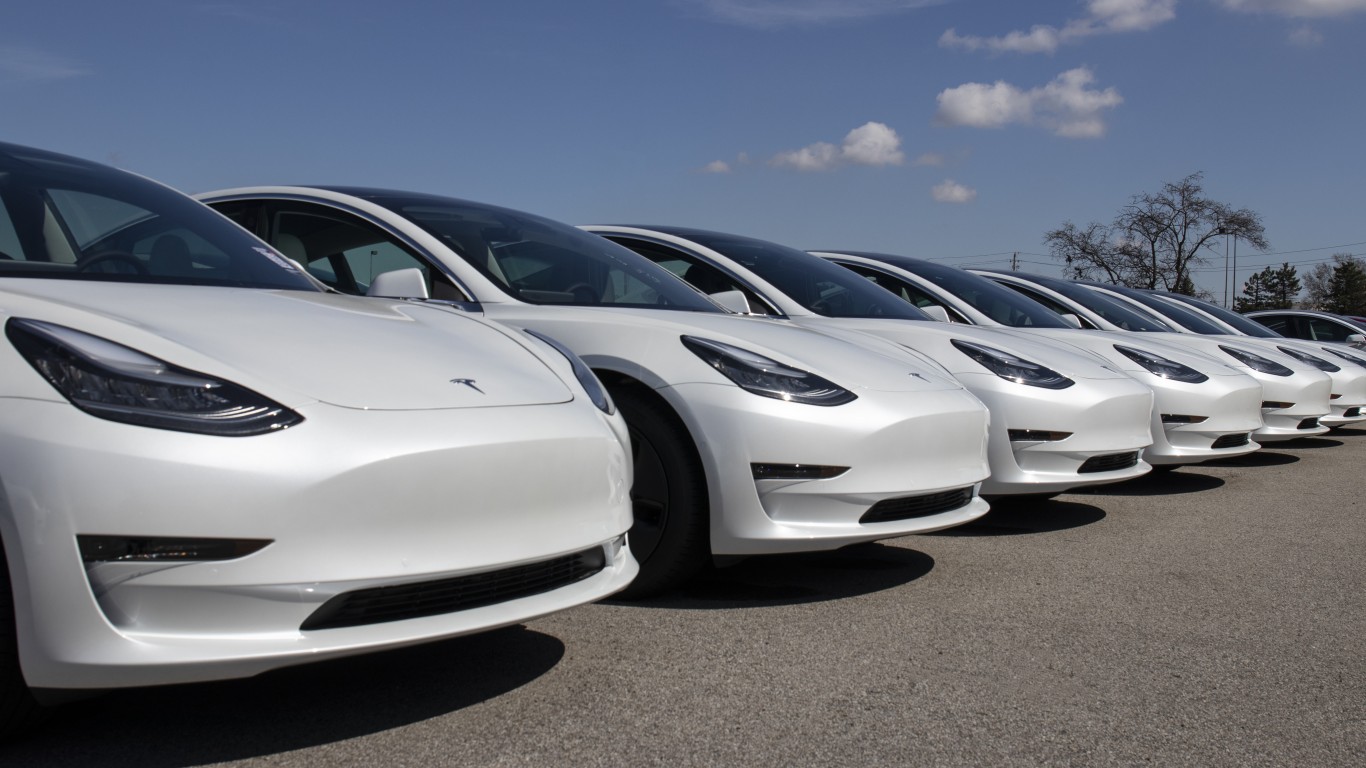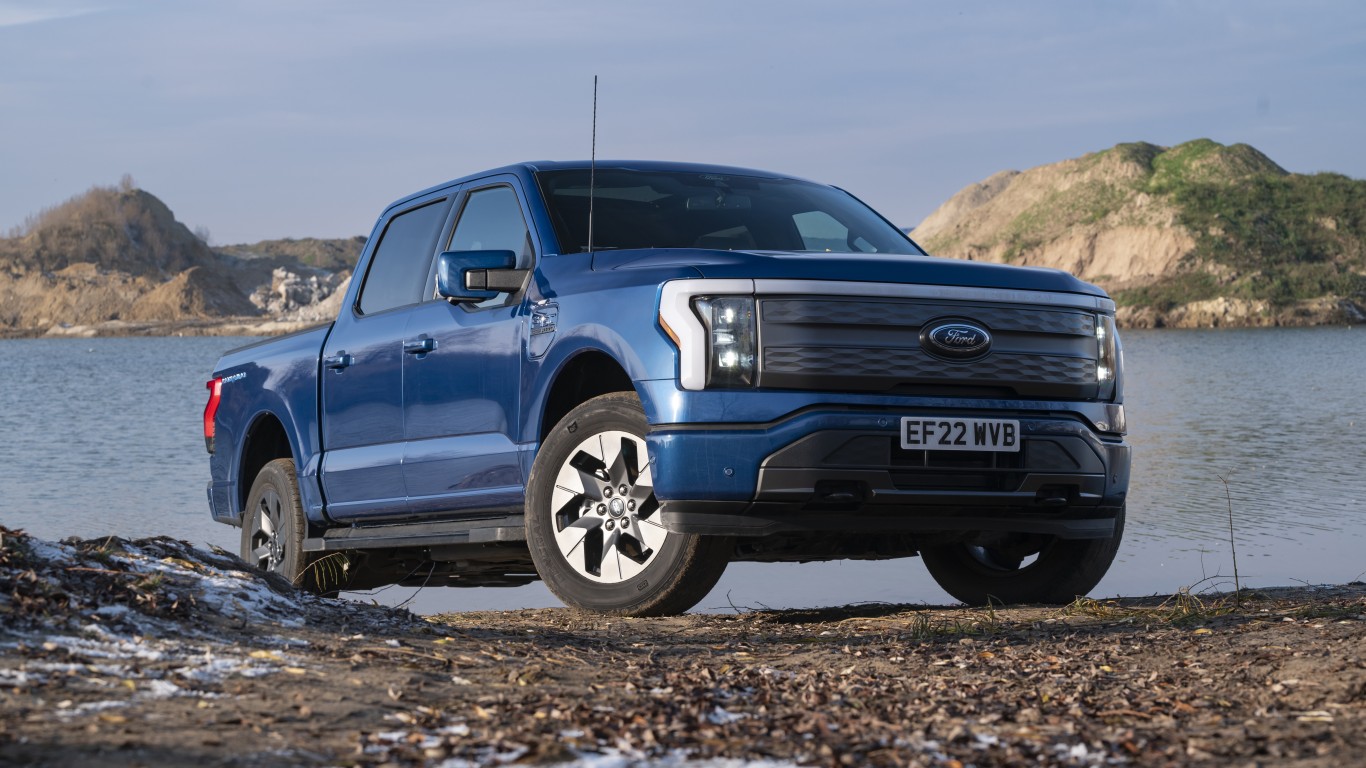Low gasoline prices and a move to SUVs and crossovers have caused fuel economy to drop at a nearly unprecedented rate.
According to the University of Michigan Transportation Research Institute:
Gas mileage of new vehicles sold in the U.S. posted its largest drop in nearly three years, say researchers at the University of Michigan Transportation Research Institute.
Average fuel economy (window-sticker values) of cars, light trucks, vans and SUVs purchased in September was 25.3 mpg, down from a record high 25.8 mpg in August. The last time fuel economy fell by 0.5 mpg was in December 2011.
“This large drop likely reflects the increased sales of light trucks and SUVs, and the reduced demand for fuel efficient vehicles of all types because of the falling gas prices,” said UMTRI research professor Michael Sivak.
Regardless, it was the eighth straight month that vehicle fuel economy topped 25 mpg and is now up 5.2 mpg from October 2007, the first full month of monitoring by Sivak and colleague Brandon Schoettle.
As gasoline prices moved toward $4 at times during the most recent three-year period, and hybrids became a larger part of U.S. car sales, some experts believed that car mileage would improve for the foreseeable future. Major car companies continue to press the sale of inexpensive, high gas mileage cars, many of which get more than 40 mpg in highway driving.
The next generation of cars, led by Tesla Motors Inc. (NASDAQ: TSLA) and companies that want to emulate it, will require no gas at all. One the other hand, if gas prices race well below $3, the attraction of these automobiles could be sharply undermined as Americans move back to high-powered V8 engines and 5,800-pound Suburbans.
ALSO READ: Gas Prices Drop Below $3 in Five Cities
Travel Cards Are Getting Too Good To Ignore
Credit card companies are pulling out all the stops, with the issuers are offering insane travel rewards and perks.
We’re talking huge sign-up bonuses, points on every purchase, and benefits like lounge access, travel credits, and free hotel nights. For travelers, these rewards can add up to thousands of dollars in flights, upgrades, and luxury experiences every year.
It’s like getting paid to travel — and it’s available to qualified borrowers who know where to look.
We’ve rounded up some of the best travel credit cards on the market. Click here to see the list. Don’t miss these offers — they won’t be this good forever.
Thank you for reading! Have some feedback for us?
Contact the 24/7 Wall St. editorial team.



